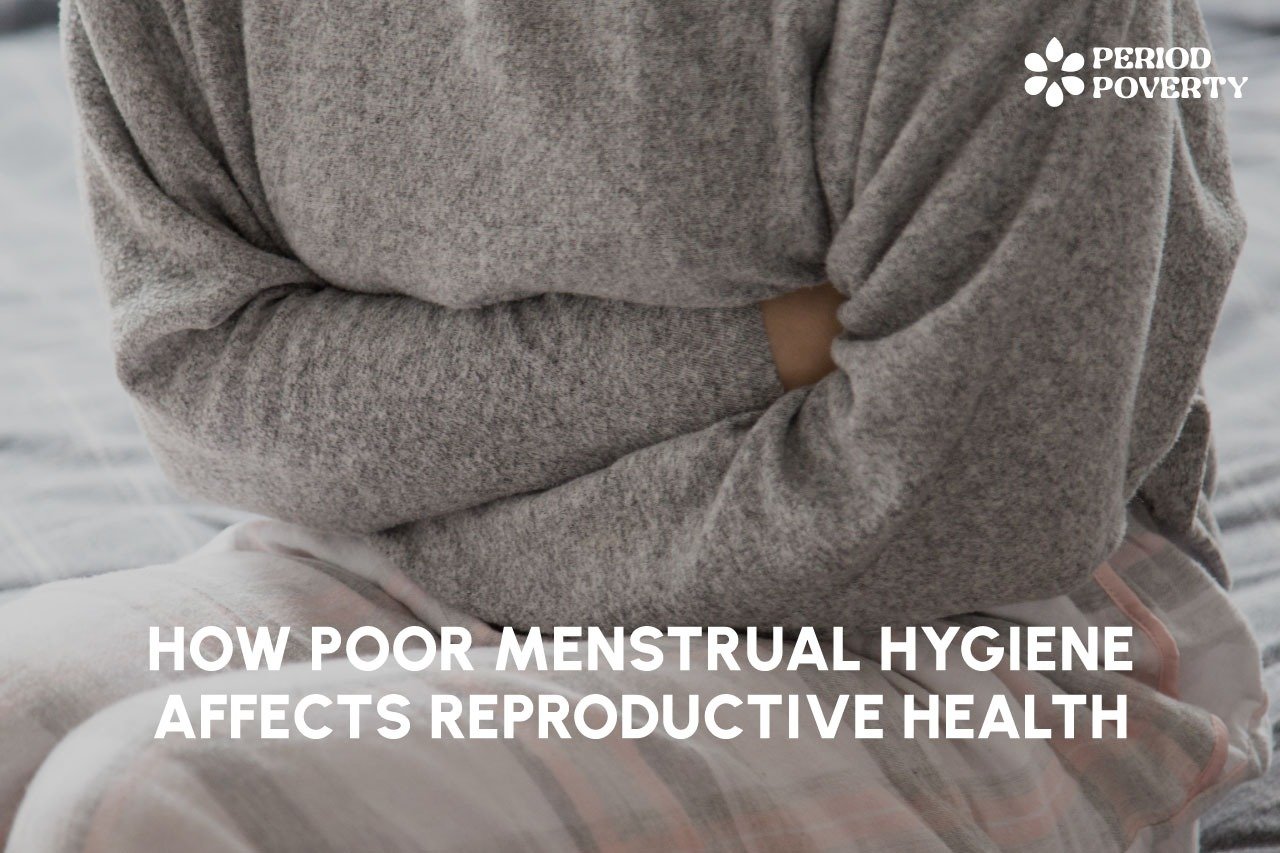The financial toll of menstruation is an often-overlooked aspect of women’s health. It’s estimated that menstruating individuals spend an average of $70–100 per year on menstrual products alone, not including additional costs such as pain relief medication, doctor visits, and lost wages due to menstrual-related absences from work or school. For those living in poverty or with limited financial resources, this cost can be a significant burden, leading to difficult choices such as choosing between buying menstrual products and paying for basic necessities like food and rent.
The financial toll of menstruation can also have a significant impact on mental health. Financial stress and worry can lead to anxiety, depression, and other mental health issues. Furthermore, the shame and stigma surrounding menstruation can make it difficult for individuals to seek help or support, leading to feelings of isolation and further exacerbating mental health concerns. Addressing the financial toll of menstruation is therefore an important step towards promoting mental health and well-being. By providing affordable and accessible menstrual products and addressing the stigma surrounding menstruation, we can help alleviate the financial burden and mental health concerns that menstruating individuals face.
The direct costs of menstruation
The direct costs of menstruation include the expenses associated with purchasing menstrual products such as pads, tampons, menstrual cups, and panty-liners. The cost of these products can vary widely depending on the brand and quality, with some individuals spending as much as $15–20 per month. Additionally, individuals may also need to purchase pain relief medication or other treatments for menstrual cramps, which can also add up over time. Prescription medications may also be necessary for individuals with severe menstrual symptoms, such as endometriosis or polycystic ovary syndrome (PCOS). These medications can be expensive and may not be fully covered by insurance, leading to significant out-of-pocket costs.
Finally, doctor’s visits for menstrual-related issues can also add to the direct costs of menstruation. For individuals without health insurance, these visits can be prohibitively expensive, and even with insurance, the cost of copays and deductibles can quickly add up. The cumulative impact of these costs can be significant, especially for those with limited financial resources. The financial stress and worry associated with affording menstrual products and related healthcare expenses can contribute to anxiety, depression, and other mental health concerns. Additionally, the stigma surrounding menstruation can make it difficult for individuals to seek support or access resources, further exacerbating these concerns.
The indirect costs of menstruation
In addition to the direct costs of menstruation, there are also indirect costs that can impact mental health. For example, menstruating individuals may miss work or school days due to pain, discomfort, or other menstrual symptoms, leading to lost income and missed opportunities. Over time, these missed days can add up and impact long-term financial stability. Furthermore, menstruation can also lead to decreased productivity at work or school, as individuals may struggle to focus or perform at their best while experiencing menstrual symptoms. This can lead to missed deadlines, reduced work performance, and ultimately decreased opportunities for advancement or promotion.
Over time, the cumulative impact of these indirect costs can also lead to increased healthcare costs. Individuals may need to seek medical treatment or take time off work in order to manage their menstrual symptoms, leading to additional expenses and lost income. All of these indirect costs can have a significant impact on mental health. Financial stress and worry can lead to anxiety, depression, and other mental health concerns, while missed opportunities and decreased productivity can contribute to feelings of low self-worth and decreased confidence. Additionally, the stigma surrounding menstruation can make it difficult for individuals to seek support or accommodations, further exacerbating these concerns.
The financial burden on marginalized communities
The financial burden of menstruation disproportionately affects marginalized communities, including low-income individuals, people of color, and people with disabilities. These groups may face additional financial barriers to accessing menstrual products and related healthcare, exacerbating the already high costs of menstruation. For low-income individuals, the cost of menstrual products can be a significant financial burden. Many struggle to afford basic necessities such as food and housing, let alone the additional expense of menstrual products. This can lead to difficult choices between purchasing essential items and menstrual products, which can impact both physical and mental health.
People of color also face unique challenges when it comes to menstrual health. For example, some studies have shown that black women experience more severe menstrual symptoms than white women and are less likely to receive adequate medical care for their symptoms. This can lead to increased healthcare costs over time and can impact mental health and overall well-being. People with disabilities may also face additional financial barriers when it comes to managing menstrual symptoms. For example, some may require specialized menstrual products or may need to take time off work or school to manage their symptoms. These expenses can add up over time and contribute to financial stress and worry.
Coping strategies to help reduce the financial burden of menstruation
There are several practical coping strategies that can help reduce the financial burden of menstruation:
- Budgeting and financial planning: It can be helpful to set aside a specific budget for menstrual products and related healthcare expenses. This can help ensure that there is always enough money available to cover these costs without impacting other essential expenses. Additionally, creating a long-term financial plan can help individuals anticipate and prepare for future menstrual-related expenses.
- Seeking out low-cost menstrual products: There are many affordable options for menstrual products, including generic or store-brand options, reusable menstrual cups or cloth pads, and period underwear. These options can help reduce the ongoing expense of menstrual products and can be more environmentally sustainable as well.
- Exploring alternative menstrual health solutions: There are many alternative solutions for managing menstrual symptoms, including herbal remedies, dietary changes, and stress reduction techniques. These options may not be suitable for everyone, but they can be a helpful addition to traditional medical treatments and can help reduce the need for costly medications or doctor’s visits.
- Utilizing community resources: Many communities have resources available to help individuals access affordable menstrual products or healthcare. For example, some schools or community centers may offer free menstrual products, or local health clinics may provide low-cost reproductive health services.
By utilizing these coping strategies, individuals can help reduce the financial burden of menstruation and alleviate associated mental health concerns. It is important to remember that everyone’s menstrual experience is unique, and there is no one-size-fits-all solution. However, by exploring different options and finding what works best for them, individuals can help manage the financial toll of menstruation and promote overall health and well-being.
The need for systemic change
While coping strategies can help individuals manage the financial burden of menstruation, it is important to recognize that systemic change is necessary to address these issues on a larger scale. This includes policy changes at the local, national, and global levels to increase access to menstrual products and menstrual health education, as well as increased research on the mental health impacts of menstruation. Research is also needed to better understand the mental health impacts of menstruation and how to effectively address these issues. This includes investigating the relationship between menstrual symptoms and mental health disorders, as well as exploring effective interventions to manage these symptoms and promote overall well-being.
Policy changes can play a crucial role in improving menstrual health and reducing the financial burden of menstruation. For example, some countries have implemented policies to provide free menstrual products in schools, public bathrooms, and other community spaces. Others have removed taxes on menstrual products to make them more affordable. Additionally, increased education and awareness about menstrual health can help reduce stigma and increase understanding of the physical and mental health impacts of menstruation.
In summary, menstruation can have a significant financial toll that can impact mental health, including direct costs such as purchasing menstrual products and prescription medications, as well as indirect costs such as missed work or school days and decreased productivity. The financial burden of menstruation disproportionately affects marginalized communities. Coping strategies such as budgeting, seeking out low-cost menstrual products, and exploring alternative menstrual health solutions can help manage the financial burden. However, systemic change is also necessary, including policy changes to increase access to menstrual products and education, and increased research on the mental health impacts of menstruation. It is important to address the financial toll of menstruation on mental health to ensure that everyone has access to the resources and support they need to manage their menstrual health and promote overall well-being.






